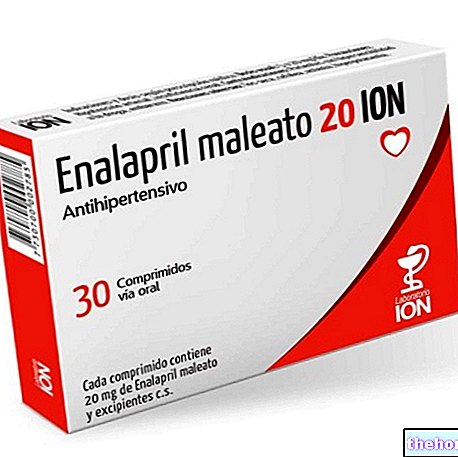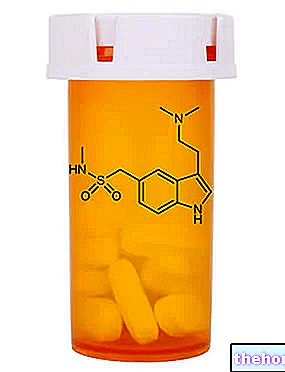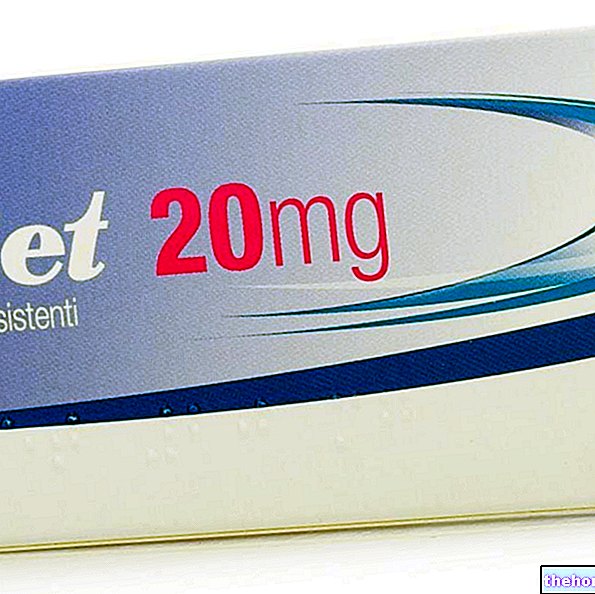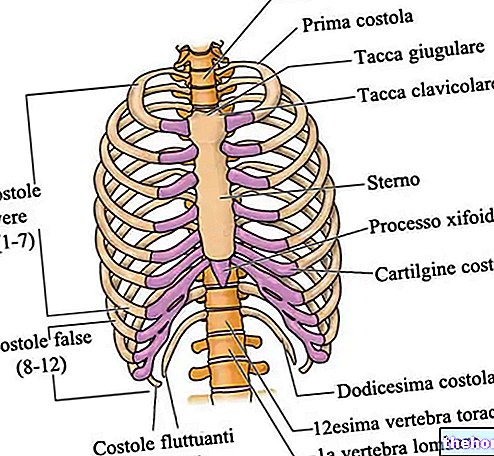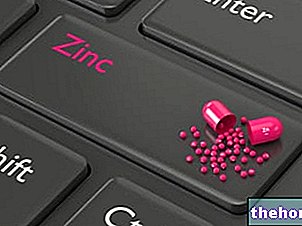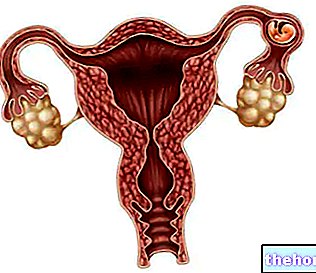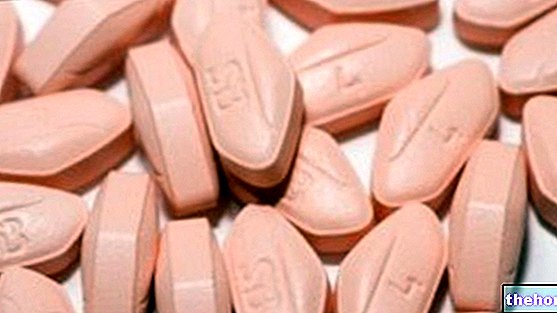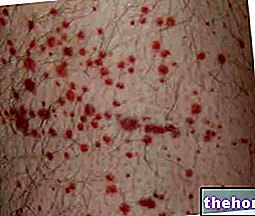THE POWER OF A DRUG
As you can see from the graph we are in the presence of a sigmoid (logarithmic scale) both for drug A, for drug B, and for drug C. Now we go to observe what is the concentration of drug that gives us 50% of the effect. 50% of the effect corresponds to a certain concentration of the drug called EC50.
What can we see from this graph? From this graph it can be deduced that drug A, drug B and drug C have the same effect but different potency.
Why is drug A more potent? Drug A is more potent because it achieves 50% of the effect at a lower concentration than drug B and drug C.
The drug with the lowest EC50 is the most potent, so the more you move to the left the more the power increases. Normally, when comparing different molecules that have the same effect, we opt for the molecule that has a greater effect at a lower concentration. Using a drug that has a low concentration effect means reducing possible side effects.

THE EFFECTIVENESS
By the term efficacy we mean the power a molecule has in achieving the maximum effect. Also in this graph we have three sigmoids representing three drugs with the same pharmacological effect, but with different characteristics. Drug A is more potent than drug B and C because it has a lower EC50. Drugs A and B have the same effectiveness because they both reach 100%; on the other hand, drug C is the least effective and least potent of drugs A and B.

The efficacy of a drug corresponds to a conformational modification of the receptors, therefore to an induction of a biological response in the cell. This efficacy can also be called INTRINSIC ACTIVITY, because only the molecule that has the ability to modify the receptor has a certain efficacy. The efficacy is indicated with α and is directly proportional to the link created between drug - receptor. In mathematical terms we can say that the agonist has an α = 1 since its pharmacological effect is directly proportional to the drug - receptor link. An antagonist has an α = 0 and it means that its effect is null because it can bind to the receptor but does not cause conformational modifications of the receptor, therefore it lacks intrinsic activity. Instead, a partial agonist is defined as a molecule that has an α between 0 and 1 as the molecule fails to modify the receptor sufficiently to achieve maximum efficacy.
Other articles on "Potency and efficacy of a drug"
- Drug - receptor - constant of association and dissociation
- Pharmacological antagonism


